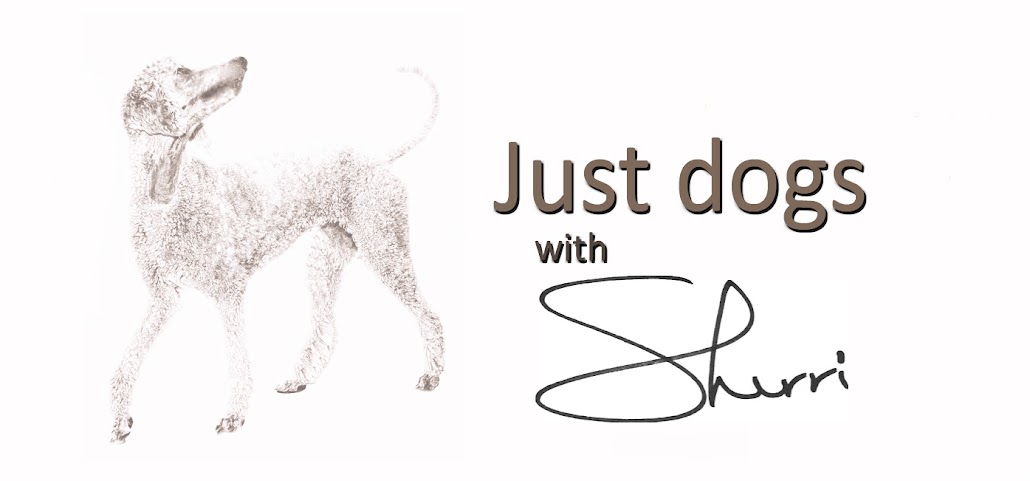
Not too many people like it when they are startled; I got a good one yesterday while I was searching the cupboard for the elusive bag of chocolate chips. My son entered the kitchen like a ghost and blurted out the beginning of his statement. I bashed my head on the shelf in the cupboard. Thus; our present discussion, the art of a good startle. I use the startle in my behavior modification; it is a very effect way to get some quick results. That said you must be very very careful how you deliver, who you deliver to and your timing. The wrong dog, bad timing and poor delivery can wreak havoc. Not good for anyone.
We have alot startling going on in our house these days; being that Jessie is loosing her sight and a good deal of her hearing she startles often. Tilley has never been a dog to startle and at almost 13 she is still rock solid. Luke on the other hand is at the opposite end of the spectrum than Tilley and startles at just about everything. He hates to be startled and displayed this quite clearly at a young age.
It was on my walk this morning that I was actually thinking about the fact that a startle out of a deep sleep has the guaranteed effect of causing a seizure in Luke; and the fact that he startles so easily. Is his hair trigger larger than life reaction to being startled linked to the same reaction that causes his seizures? Interesting; I had not put the two together before.
So obviously I rarely use a startle tactic for a dog like Luke unless it is very tiny in magnitude. Almost all the behaviors which benefit from a startle are the ones that go on behind your back. Your dog thinks you are preoccupied and that they can do as they please. But little do they know you have cameras all over the house and a great set of eyes in the back of your head BAM,caught in the act.
The startle: The startle reaction, also called the startle response, startle reflex or alarm reaction, is the response of mind and body to a sudden unexpected stimulus, such as a flash of light, a loud noise (acoustic startle reflex), or a quick movement near the face. In human beings, the reaction includes physical movement away from the stimulus, a contraction of the muscles of the arms and legs, and often blinking. It also includes blood pressure, respiration, and breathing changes. The muscle reactions generally resolve themselves in a matter of seconds. The other responses take somewhat longer.
It's pretty much the same in dogs although flight is often the response to a startle. Flight is what you want to avoid; if you plan on using startle tactics it must be well thought out first. You do not want to cause fear; it must be delivered swiftly and precise, there is no room for error. Offer up a startle that causes fear and you now must undo what you have done.
Example of a good startle: Jack Russell with it's head in the recycle bag for the zillionth time. Walk in silent as a mouse and clap; shoosh away and move on. Dog is left with the "what the heck?" face. And you must then go on about your business, there is no holding a grudge. Grudges don't work with dogs; it is confusing and confidence sapping.
Now; when a startle is caused naturally and was not meant as any form of modification it is very important to act appropriately as well. As I always say; your dog is watching you and your response will direct theirs. If you and your dog get a startle; Oscar time. Instantaneously swing in to your "chill routine." Loose as a goose and nothing phases you; no you are one cool cookie. It is amazing what you dog will get from your cool routine. Now stop the cool routine; you're not that cool. ;)

No comments:
Post a Comment
Love to hear from you.